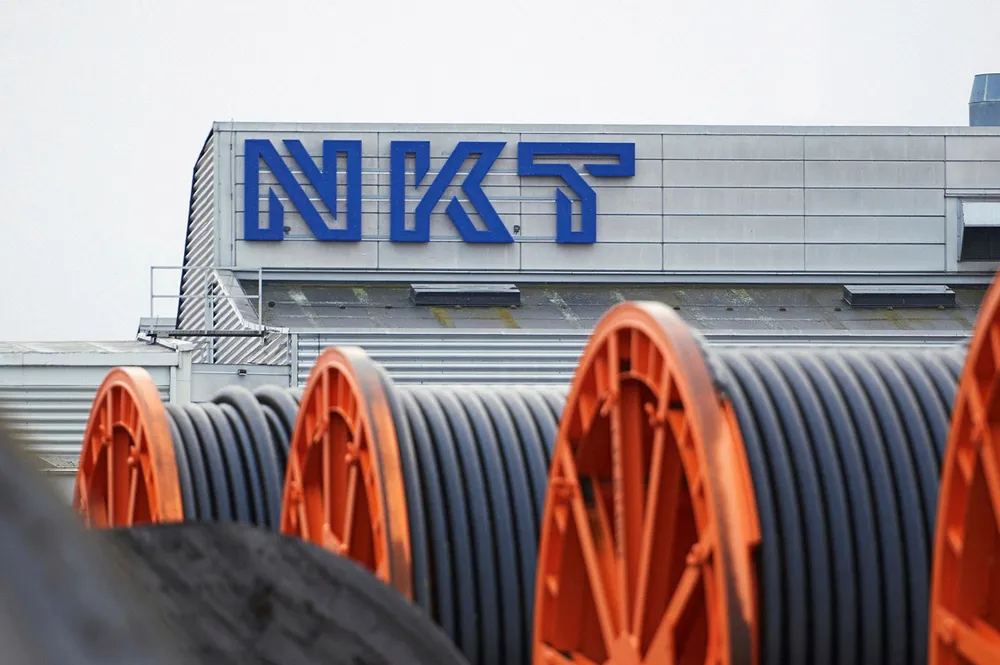Taiwan cable plant can boost offshore wind amid bottlenecks: Walsin and NKT
Island will be producing its own cables at full scale by 2027 in boost to sector that has seen rumblings from developers and supply chain

A link up between Taiwan’s leading wire and cables manufacturer Walsin Lihwa and Danish supplier NKT to produce subsea cables will boost the island's offshore wind sector amid global bottlenecks, said the parties involved.
A joint venture company called Walsin Energy Cable System is building what's billed as Taiwan’s first manufacturing facility for submarine cables.
"The industry worldwide is seeing a shortage of cable supply as demand picks up so quickly for all the offshore wind farm construction driven by the global green energy push."
A first facility, in the southern Taiwanese city of Kaohsiung, is scheduled to start testing early production in the second half of 2025 and the plant will be ready to begin full-scale production in 2027.
Taiwan’s ambitions for offshore wind include expanding existing capacity from the current 2.25GW to more than 20GW by 2035.
The new company sees all of the offshore wind farm developers involved in projects in Taiwan as potential clients as they are all looking for domestic supplies in line with a strong government policy push on content, Wong said.
Wong said the joint venture's top priority is to meet demand in Taiwan but added that the Kaohsiung plant could eventually respond to additional demand in the Asia-Pacific region over the next decade.
Some of the training for the new joint venture company will be carried out at several NKT locations in Europe, according to a spokesperson for the Danish company.
With the growing importance of energy security, a proliferation of power-hungry data centers and the growing use of elective vehicles, Wong said supplies of subsea power cables for offshore wind farms risked falling short despite efforts to expand production in Europe, South Korea and Japan.
Ensuring access to energy, is also considered critical for the world’s leading producer of semiconductors to continue attracting investment.
“The joint venture is a long term commitment between Walsin Lihwa and NKT, and we are excited to be part of building the first submarine power cable factory in Taiwan," said Oliver Peters, an NKT director for the Walsin Energy project.
"We expect strong demand in the Taiwanese submarine power cable market in the coming decades and this partnership is an important first step for NKT to establish a presence as well as a platform for future growth in the region.”
Local content controversies
Taiwan took an early lead in sector development in its first two procurement rounds, with 2.35GW already in operation and another 3GW in late-stage development.
But the island's increasingly stringent local content policies have drawn some criticisms.
He argued that local content requirements for offshore wind have raised costs to unsustainable heights, stalling development.
McDermott acknowledged that he island’s 5.5GW by 2025 capacity goal is “mostly on schedule” and was a “tremendous success” and that Northland’s own 1GW Hai Long project with partner Malaysia’s Gentari awarded is proceeding apace.
But McDermott stressed that these earlier projects benefitted from generous government offtake contracts and more lenient local content requirements that contained costs.
But under the current business environment in Taiwan, Vestas said is not intending to localise production of V236-15MW blades.
(Copyright)